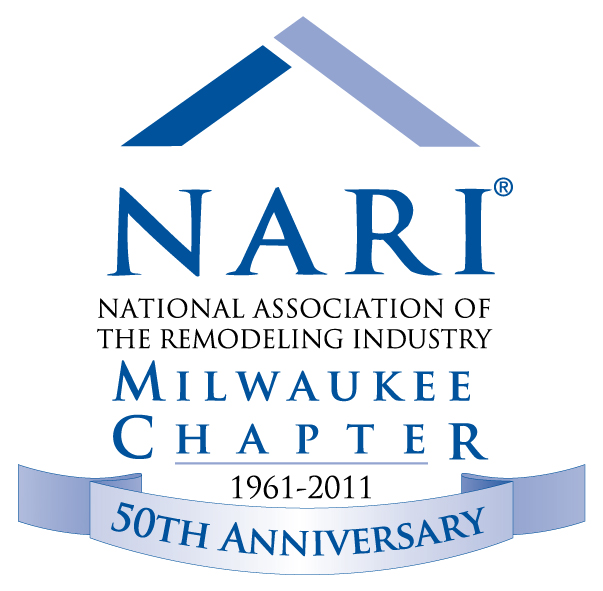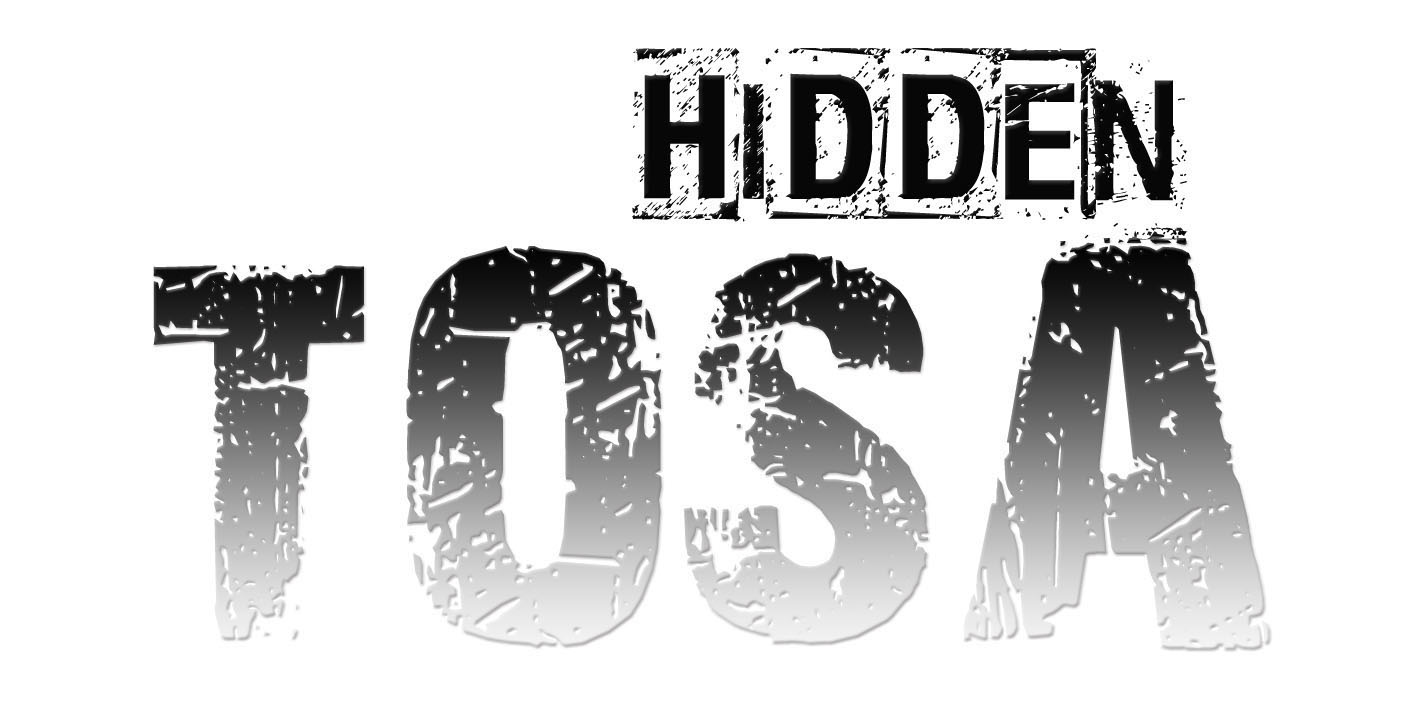With so much time spent indoors this time of year, it’s important to understand that the air individuals are breathing can contribute to a variety of health issues. In recognition of “National Care About Your Indoor Air Month” during February, the Milwaukee/NARI Home Improvement Council, Inc., celebrating 50 years as the area’s leading home improvement and remodeling industry resource, explains the risks and offers insights for improving a home’s indoor air quality.
Known Ailments
There are two types of sicknesses related to a home’s environment:
• Sick Building Syndrome – “Sick building syndrome” (SBS) refers to symptoms that appear linked to a particular building, but there is no specific illness or cause identified. Indicators of sick building syndrome include headache; eye, nose or throat irritation; dry cough; dry or itchy skin; dizziness and nausea; difficulty in concentrating; fatigue; and sensitivity to odors.
• Building Related Illness – “Building related illness” (BRI) describes diagnosable illnesses that can be directly ascribed to airborne building contaminants. Symptoms include cough, chest tightness, fever, chills, and muscle aches.
Causes
Milwaukee/NARI members indicate that it is important for homeowners to understand the common causes of SBS and BRI, so proper steps can be taken to manage their homes’ indoor air quality.
• Radon – Radon is an odorless, invisible gas that increases the risk of lung cancer. It can be found anywhere and is caused by the natural breakdown of uranium in soil, rock, and water.
• Asbestos – Homes built before 1978 may have asbestos, which was commonly used as a building and insulating material. Breathing high levels of asbestos can increase your risk of cancer and lung disease. Only trained and qualified contractors should remove and clean up asbestos.
• Lead – Many homes built before 1978 contain lead paint, which causes lead poisoning. Contact a Lead-Safe Certified contractor to test a home for lead-based paint and evaluate the hazards.
• Carbon monoxide – Carbon monoxide is a byproduct of combustion or the burning of fuel. Unvented kerosene and gas space heaters; leaking chimneys and furnaces; gas stoves; automobile exhaust; and more cause carbon monoxide poisoning. It can cause fatigue and chest pain in lower concentrations, and it can trigger impaired vision, headaches, dizziness, confusion, and nausea at higher levels. In some cases, carbon monoxide poisoning can be fatal.
• Biological contaminants – Mold, mildew, pet dander, dust, and pollen – There is a large list of pollutants that can contribute to home-related illnesses and set off allergic reactions. They can be caused by moisture or water in humidifiers, unvented bathrooms, and more. Draperies, bedding, and carpet are common areas for dust and other allergens to accumulate.
• Volatile organic compounds – Chemicals found in paints, paint strippers, cleaning supplies, varnishes, waxes, pesticides, air fresheners, and building materials can irritate the eyes, nose, and throat. They can also cause headaches, nausea, and damage to the liver, kidneys, and central nervous system.
Minimizing the Risk
It can be difficult to determine if individuals are suffering from SBS or BRI; nonetheless, it’s important to manage a home’s air quality to reduce the risk of these symptoms. Milwaukee/NARI members suggest the following steps to improve indoor air quality:
• Test for radon to determine if a home is at risk.
• Install carbon monoxide detectors on each level of the home.
• Check for chimney blockages and have the flue and chimney inspected annually.
• Perform routine maintenance on heating, ventilation, and air conditioning (HVAC) systems.
• Clean or replace furnace filters at least every six months.
• Keep the house clean to reduce dust, pollen, pet dander, and other allergy-causing pollutants.
• Remove sitting water in ducts, humidifiers, and drain pans. Make sure these areas are dried.
• Replace water-stained ceiling tile, carpeting, and floor tiles.
• Store paints, solvents, adhesives, and other chemicals in well-ventilated areas.
• When remodeling, inquire about radon-reducing features, ensure that new appliances are properly installed, and ask the contractor about the products being used.
• Allow time for building materials in new or remodeled areas to air out before occupying the space.
The Milwaukee/NARI Home Improvement Council was chartered in July 1961, as a Chapter of the National Home Improvement Council. In May of 1982, the National Home Improvement Council merged with the National Remodelers Association to form NARI – the National Association of the Remodeling Industry.
The Council’s goals of encouraging ethical conduct, professionalism, and sound business practices in the remodeling industry have led to the remodeling industry’s growth and made NARI a recognized authority in that industry. With over 800 members, the Milwaukee Chapter is the nation’s largest.
For more information or to receive a free copy of an annual membership roster listing all members alphabetically and by category, and the booklet, “Milwaukee/NARI's Remodeling Guide,” call 414- 771-4071 or visit the Council’s website at www.milwaukeenari.org.
More from Your Stories
- Ebenezer's Pareting Tip: What is Helicopter Parenting?
- Build a Lego City!
- Anansi Puppet Story and Craft
- MCW researchers to study airway management in out-of-hospital cardiac arrest
- Milwaukee Backgammon Club to hold 3 tournaments in August!
- 4th Annual Cruisin’ the Grove Scheduled for Aug. 7
- MCW awarded $1.9 million to investigate disease prevention utilizing slime mold
- Dublin the Fun Partner Promotions Make Milwaukee Irish Fest Even More Affordable
- September Fashion Show in Washington County
- Back to School...BBB Reminds You to Shop Smart!












